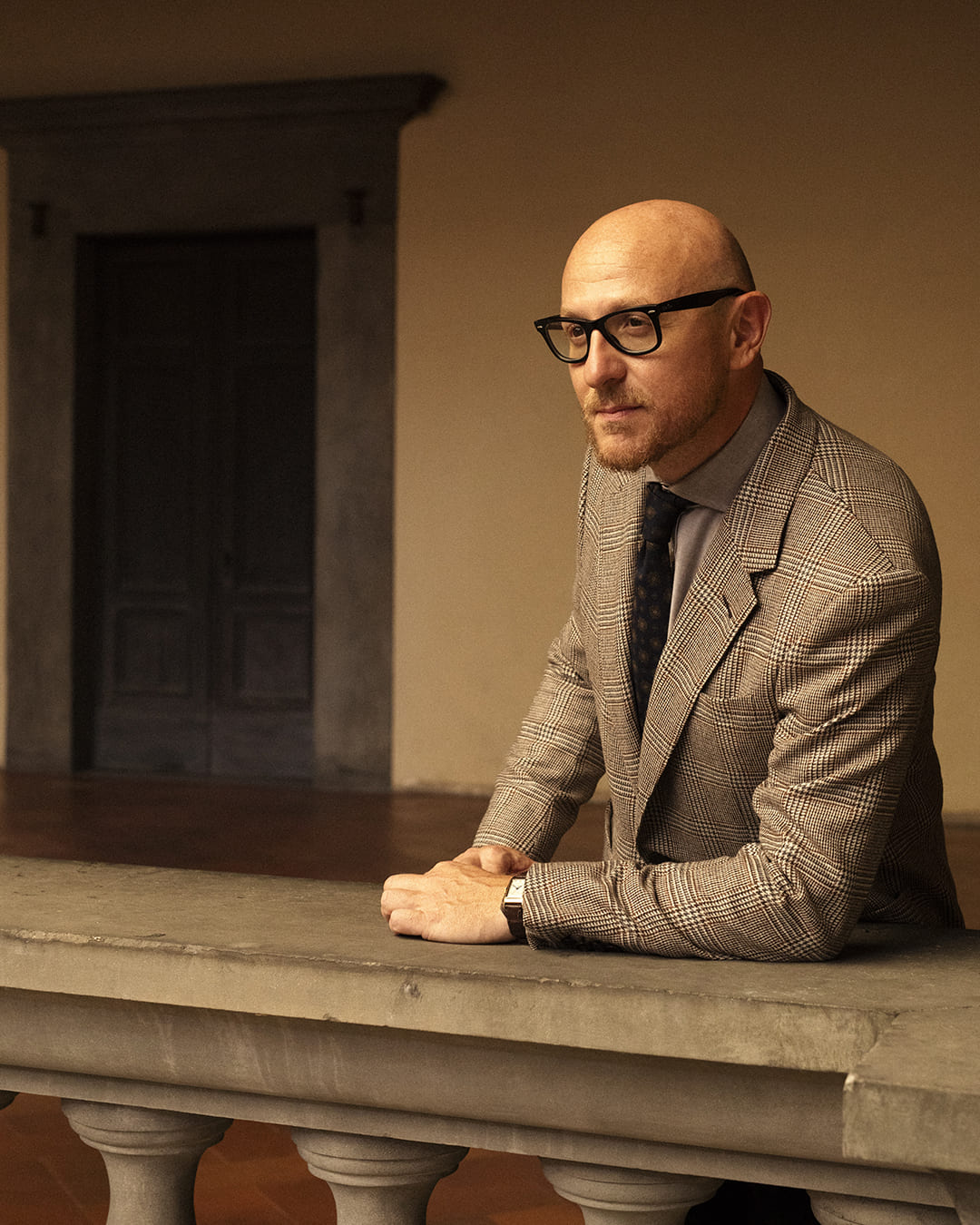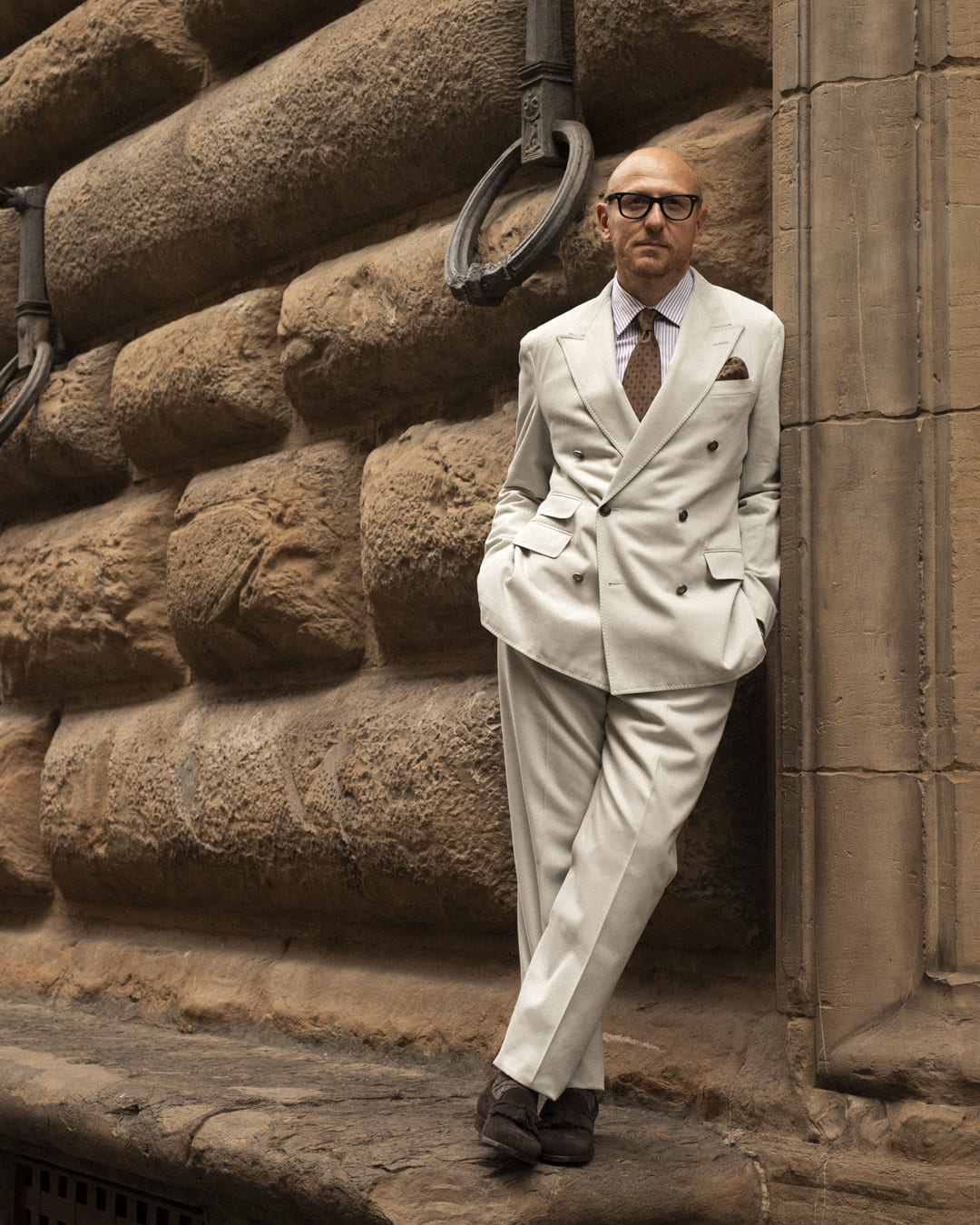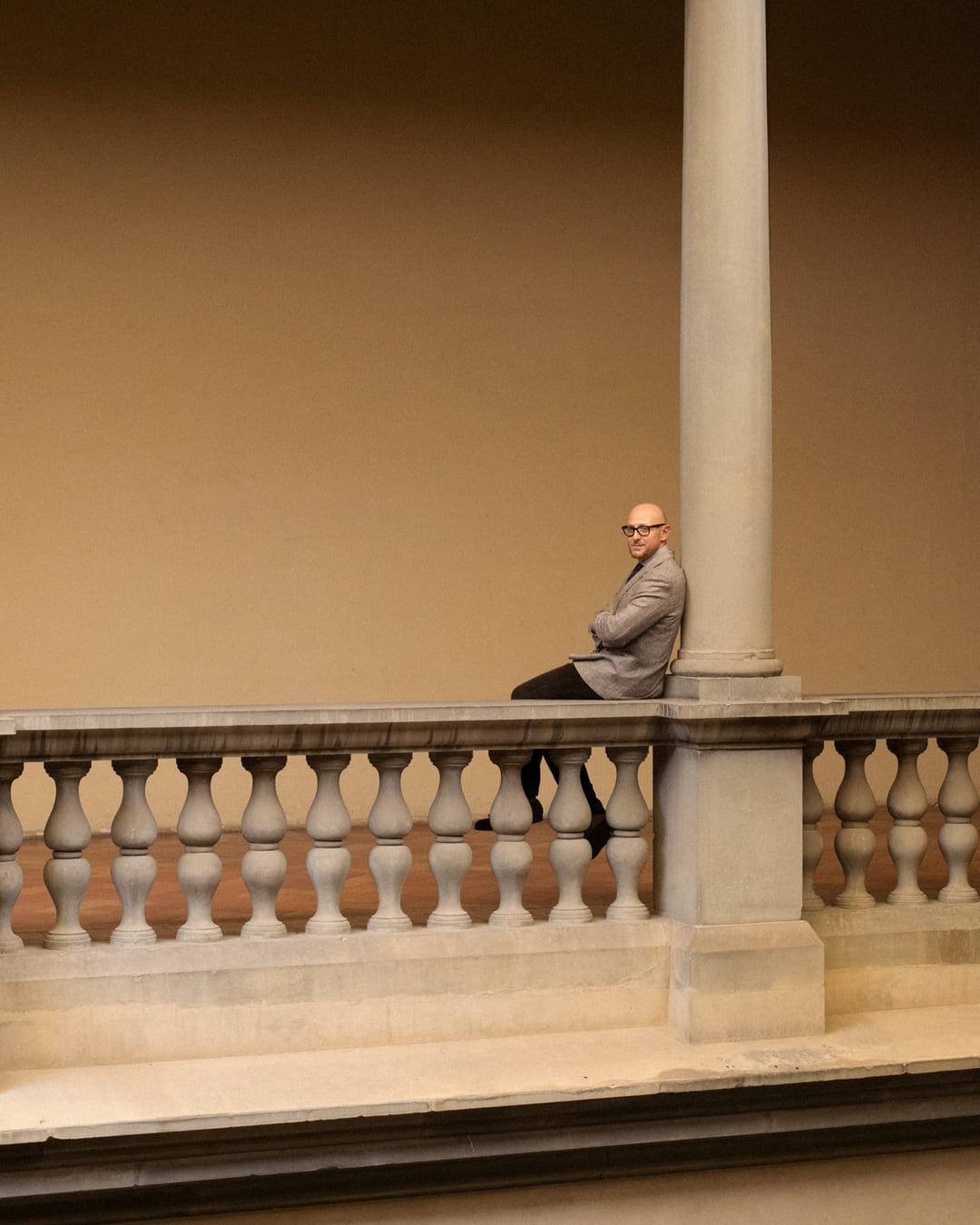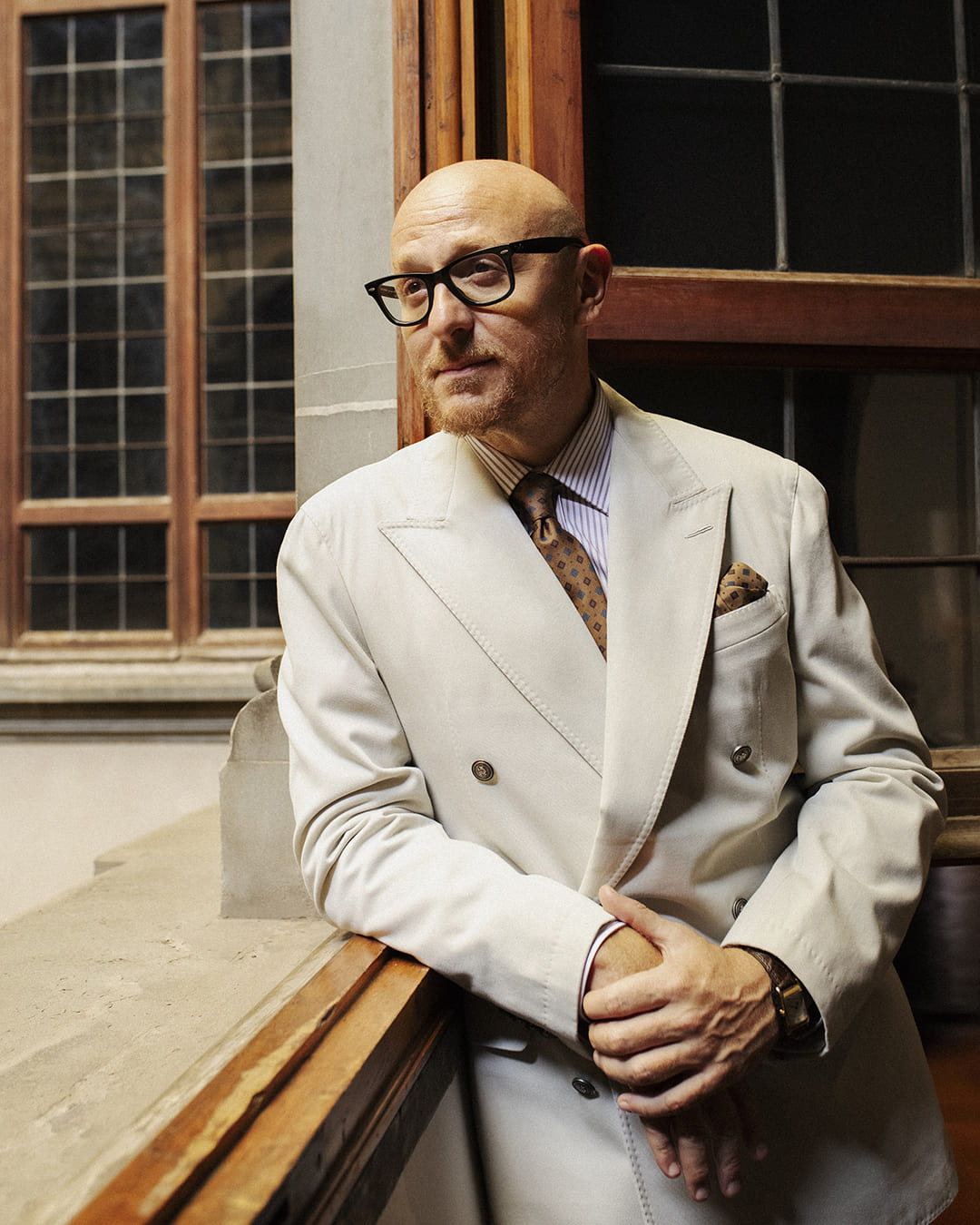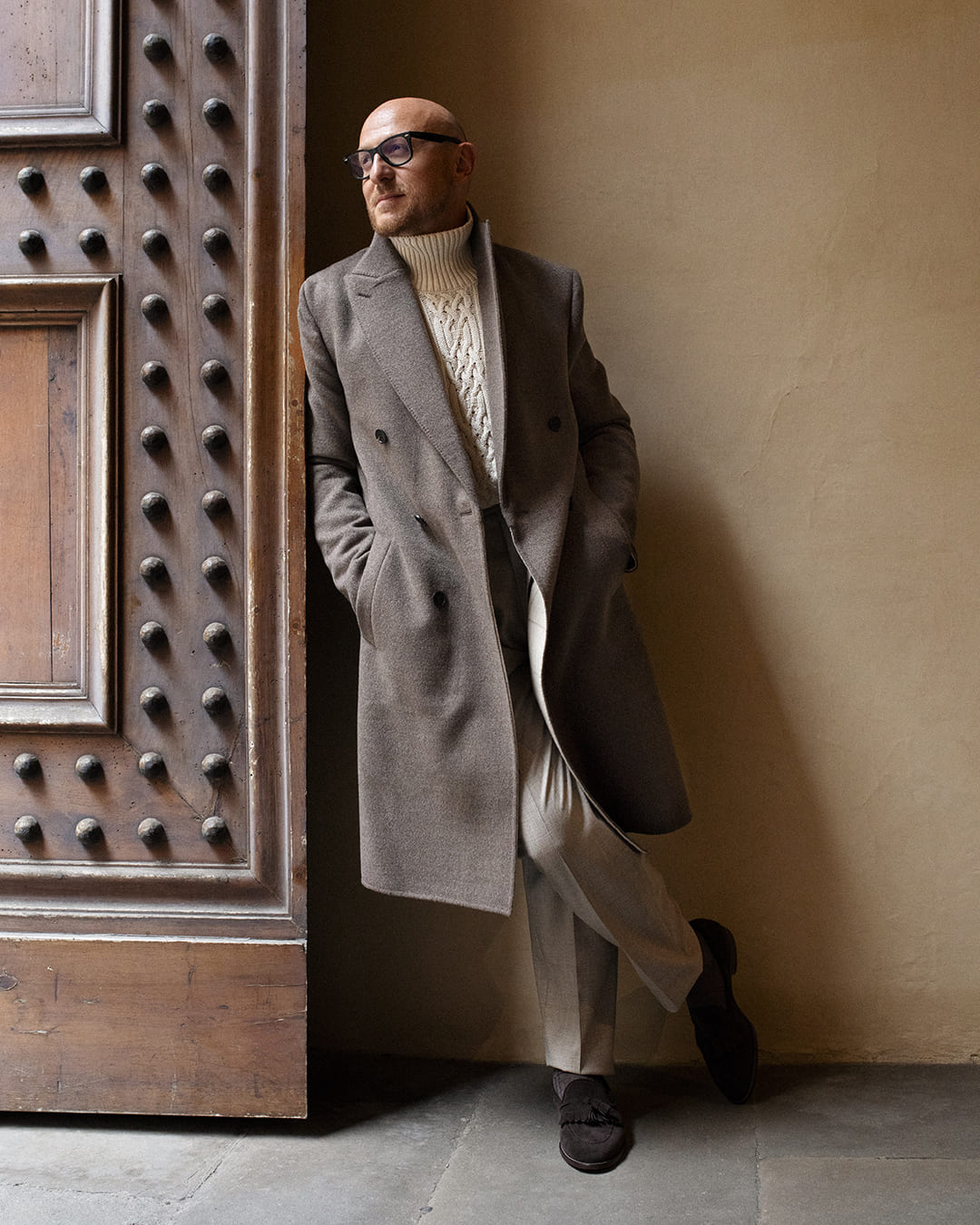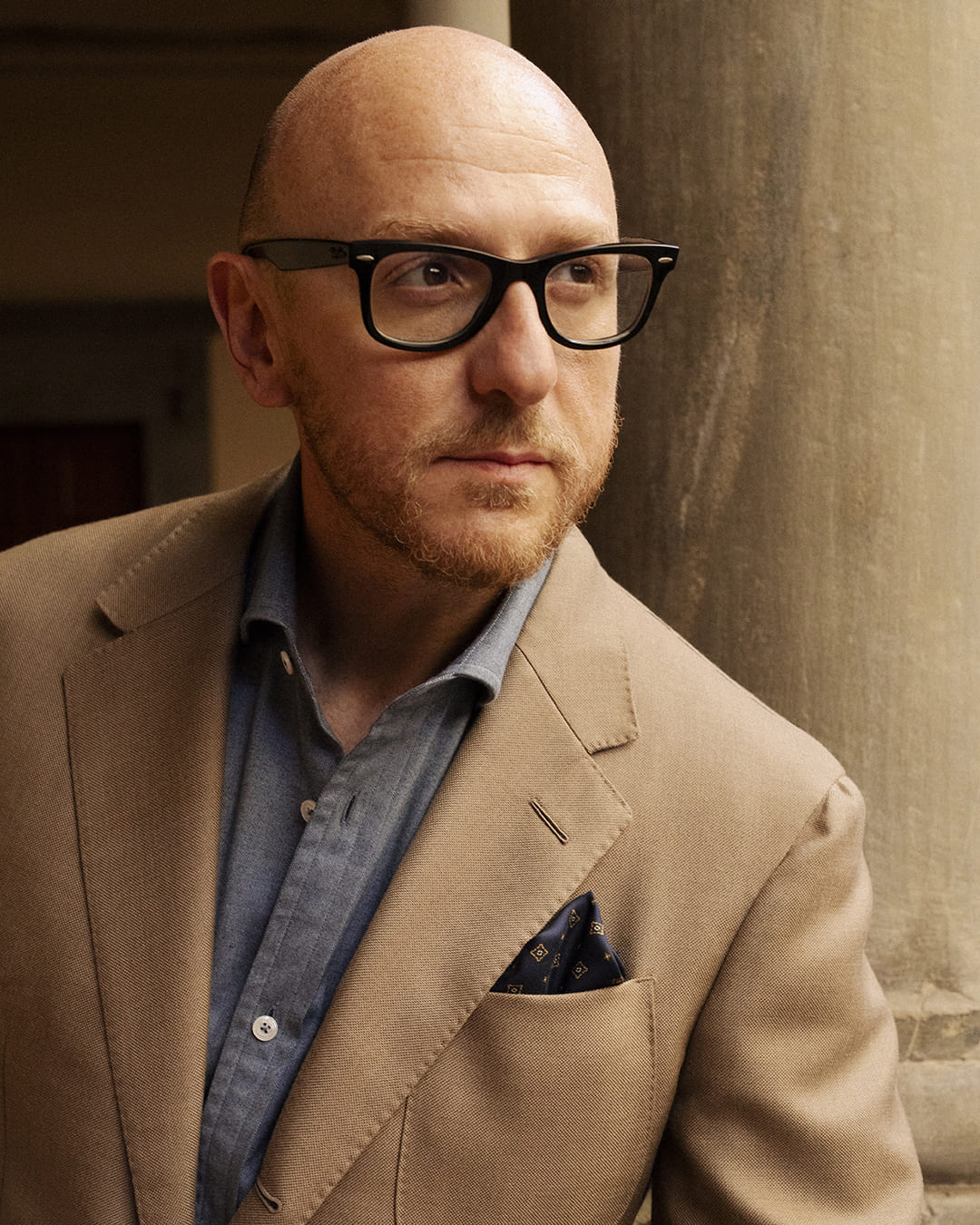As the dunhill x Frieze Masters partnership enters its 2025 edition, the collaboration once again brings together two worlds united by a shared respect for heritage and innovation. Central to this year’s programme is the series of dunhill Talks at Frieze Masters, curated by Arturo Galansino - Director General of the Fondazione Palazzo Strozzi in Florence.
A distinguished curator and museum leader, Galansino has built his career on bringing the classical and the contemporary into conversation, transforming historic spaces into dynamic stages for today’s most celebrated artists. Palazzo Strozzi has become a site where centuries of history meet the vitality of the present, creating exhibitions that are both trailblazing and rooted in tradition.
This profile forms part of our ongoing exploration of the figures shaping culture today. In conversation, Galansino reflects on his journey from academic scholarship to international leadership, his curatorial vision for this year’s dunhill x Frieze Masters talks, and the enduring interplay between history, modernity, and style.
